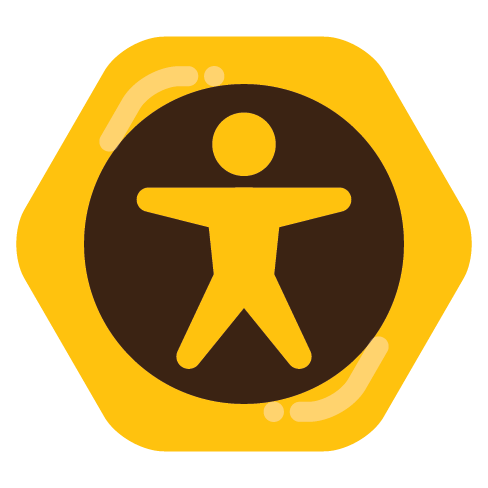



There is no way to measure the cost of one form of labor in comparison to another in some generalized way. Less labor simply isn’t the same direction for everyone, or even always a direction at all. Doing things faster may exhaust you longer, for example, it is always a trade off. On top of this, while many accessibility tools allow people to do things they could not otherwise, many instead allow people to do those things more safely or with another part of their body.
The key to accessibility has always been variety, being able to interact with things in as many different ways as possible. Making it simple isn’t enough, making the requirements “low” isn’t enough. You can’t demand everyone take a specific path.
I have seen this as a big issue in art, in both ways. First people saying that one type of art takes “no effort”, because they discount those types of labor. They see that one type of labor is not used that they expect, and do not realize or care that it must be replaced with another kind of labor. Different varieties of digital art often seem to experience this, especially those that don’t start out with visual work and instead start with words or equations.
Then there are people saying that other methods of art are “easy enough” to be the moral option you must pick instead. I have seen so many posts of people saying “look, this person with no hands can pick up a paintbrush, you have no excuse to not being doing that instead”.
Both of those are ableist, and sadly I see them in even “leftist” spaces all the time.

I think accessibility is widely misunderstood. The way I view it, it’s not only about giving people who need them more ways to access something, but also giving people who want/prefer them those methods as well.
One example of this is wheelchair ramps. Building the ramps benefits those who need them by giving those people a way to go up/down an incline, but many people use the ramps. The ramps are also for those who would prefer to avoid the stairs.
Digital tools are another example of this, and a great one. Keyboard accessibility is a must for people with visual impairments, but also a preference for many who prefer not to move their hand to the mouse constantly. Keyboard-accessible tools are almost always a better experience to all users as a result.
Not building for accessibility is honestly just lazy. It shows that you don’t care about your customers, and you don’t want them to have a good experience. At best, you want to force your experience on them and only your experience is allowed (my biggest gripe with Apple products honestly).
As for digital art, I’ve seen a lot of what you mentioned, and I think it’s honestly been going on for centuries at this point. It’s problematic, especially because not everyone wants to create art in the One True Manner™ and may want to experiment with new ways to create art, or may want the art as a part of a larger project and don’t really care about the means (as long as it’s ethical).